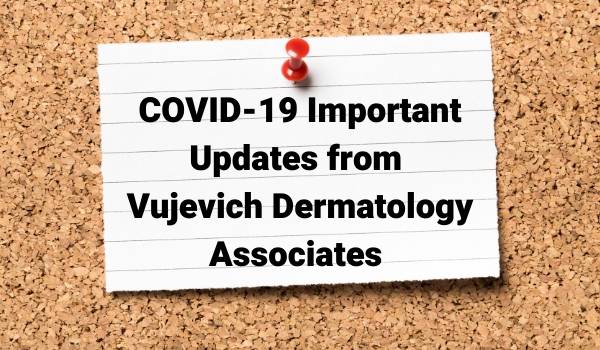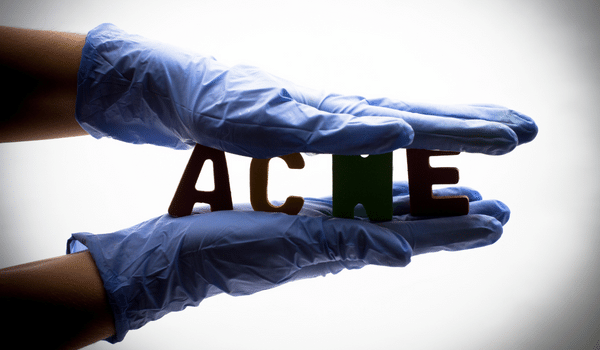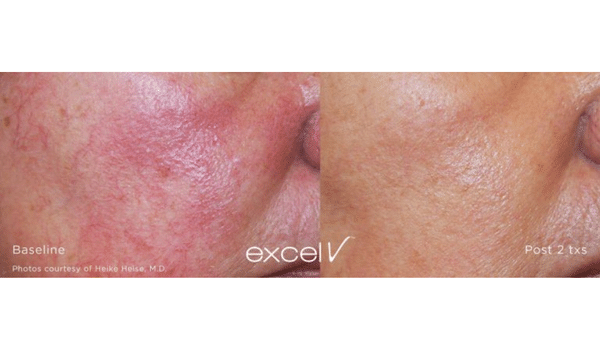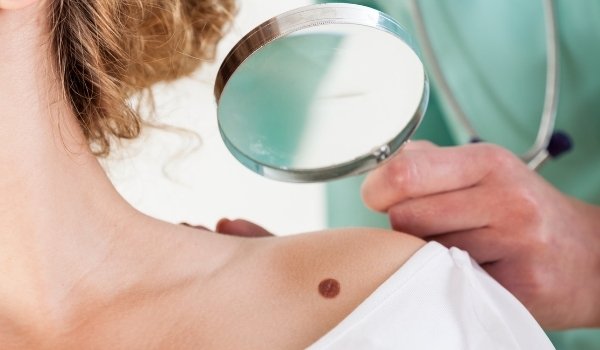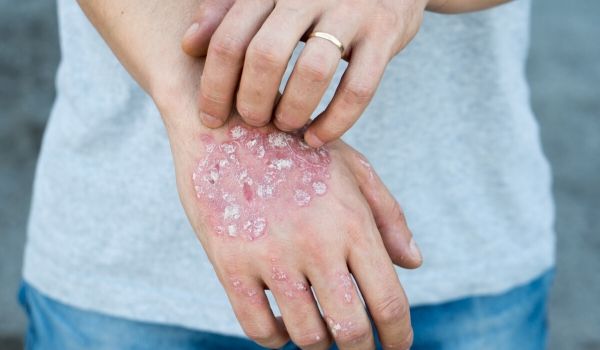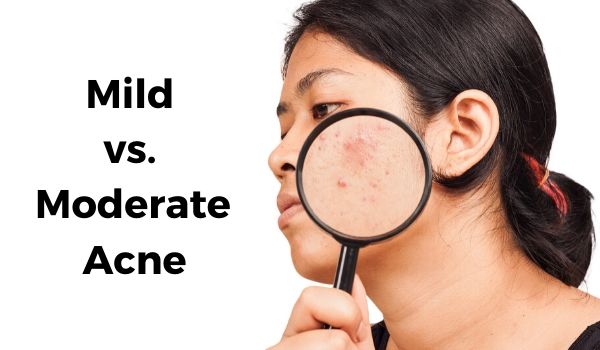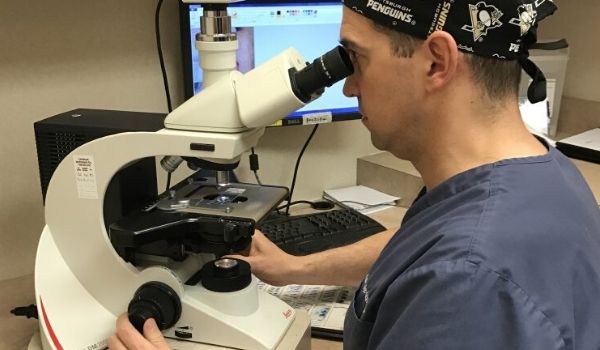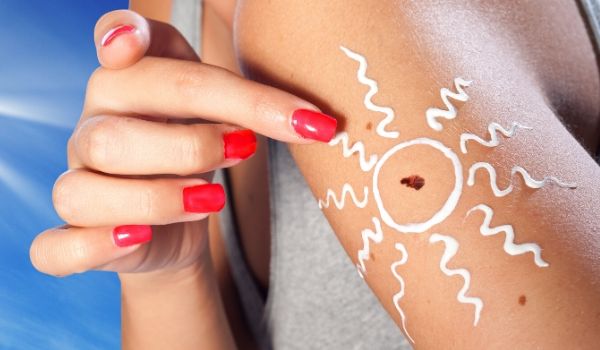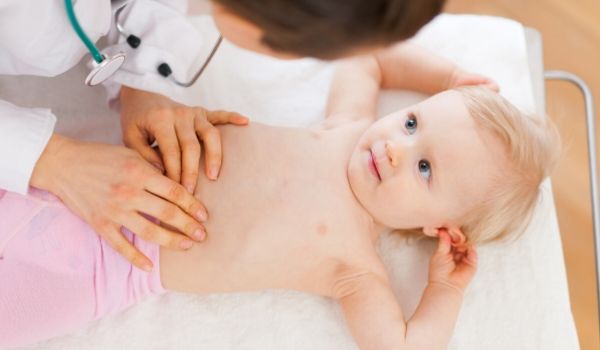Updated 7/2/21
Help Maintain A Safe Environment For Our Patients and Staff
Patient and staff safety are our top priority, and we are closely monitoring developments in the COVID-19 pandemic. Using guidelines from the Centers for Disease Control and the Pennsylvania Department of Health, we have made changes that will affect your visit, and we ask that you help us keep our office a safe environment by following these temporary guidelines:
Continue reading
